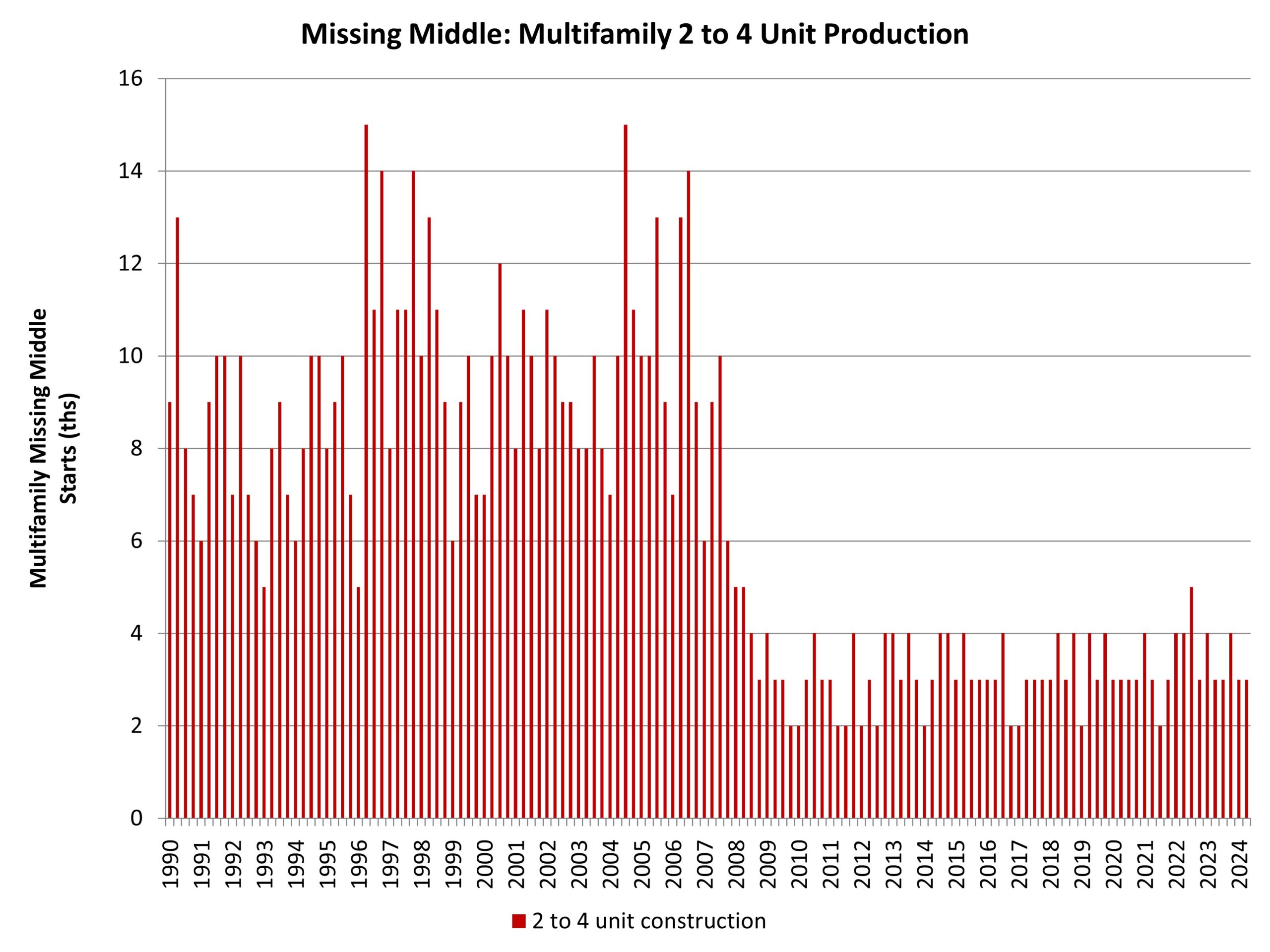This article is presented by PropStream.
When I first started real estate investing, I thought securing money for a deal would be the hardest thing. (I mean, it still isn’t easy.) I quickly found out that money isn’t the problem when you find a slam-dunk deal. Now, finding that deal is actually the most challenging part of the business.
For decades, finding deals meant driving for dollars, poring over courthouse filings, or spending endless hours cold-calling owners who may or may not be interested in selling. In 2026, investors who thrive are those who combine hustle with innovative technology.
This is where PropStream changes the game. What once took weeks of manual research can now be accomplished in minutes.
Investors can stack filters to build highly targeted lead lists, then run instant comps to confirm potential profit margins. From there, skip tracing provides direct contact information, and automated mailers or digital campaigns can be triggered right inside the system. PropStream consolidates the entire lead generation process into a single, seamless workflow.
Your main question is: How do you uncover properties that actually fit your investment style?
The answer lies in going after the segments of the market where motivation is already built in. Here are 20 distinct lead types worth targeting right now, each paired with practical guidance on how to leverage them in your investment strategy.
1. Auctions
Foreclosure filings and scheduled sales flag auction properties for investors.
Best use
Identify properties approaching auction, review official filings, and run comps to set your bidding strategy before attending a sale.
2. Bank Owned (REO)
If a property fails to sell at auction, it often reverts to bank ownership.
Best use
Pull REO properties directly, verify bank or lender ownership, and connect with asset managers to negotiate bulk or discounted purchases.
3. Bankruptcy
Active bankruptcy filings often point to distressed owners.
Best use
Target Chapter 7 or 13 bankruptcies, and cross-reference with equity levels to find owners most likely to sell under pressure.
4. Cash Buyers
These are serious buyers, ideal for wholesalers.
Best use
Build a list of recent cash transactions, segmented by location, and add these buyers to your preferred contact list for quick flips.
5. Divorce
Divorces often require the sale of marital property.
Best use
Generate lists of divorce-related properties, and reach out with offers designed to provide certainty and speed during a complicated process.
6. Failed Listings
Expired MLS listings are a clear signal of motivation.
Best use
Approach sellers whose homes have failed to sell on the MLS with alternative solutions, such as all-cash offers or faster closing timelines.
7. Flippers
Investors who buy and relist properties within two years are considered active flippers.
Best use
Track local flippers to identify trends, pull comps, and explore potential partnerships or wholesale opportunities.
8. Free and Clear Properties
These properties carry no mortgage debt.
Best use
Focus on free-and-clear owners who can sell without lender involvement, making negotiations more straightforward and closings faster.
9. High Equity
Equity-rich properties give sellers flexibility.
Best use
Target high-equity owners who may accept below-market offers or creative financing options, as they will still walk away with a profit.
10. Liens
Tax and mechanic liens create financial stress.
Best use
Prioritize owners with multiple liens, and offer to relieve them of the burden with quick cash sales.
11. On Market
Active or contingent MLS listings still offer opportunities.
Best use
Monitor listings with extended market times or price reductions and structure creative offers, such as subject-to financing.
12. Pre-Foreclosures
These are properties in default, but not yet up for auction.
Best use
Contact owners as soon as default notices appear, providing them with options before they lose the property to foreclosure.
13. Pre-Probate
Ownership changes due to death can create unique opportunities.
Best use
Reach heirs early with data-backed offers, emphasizing speed, simplicity, and relief from the hassle of probate.
14. Senior Owners
Owners with decades of ownership often look to downsize.
Best use
Approach senior owners respectfully with solutions that help them cash out or transition into smaller living arrangements.
15. Tax Delinquency
Unpaid taxes are a clear motivator.
Best use
Focus on properties with several years of unpaid taxes, and present offers before the county initiates lien sales or auctions.
16. Tired Landlords
Longtime rental property owners are often burned out.
Best use
Highlight hassle-free exits and 1031 exchange opportunities for landlords ready to move on from tenant management.
17. Upside-Down Properties
When debt exceeds value, owners are left with a difficult decision.
Best use
Pursue short sale strategies or creative financing arrangements to help owners underwater on their mortgage.
18. Vacant Properties
Vacant homes deteriorate quickly and put pressure on owners.
Best use
Skip-trace absentee owners and offer quick purchase solutions before the property becomes too costly to maintain.
19. Vacant Land
Undeveloped parcels can become new deals.
Best use
Analyze zoning, lot size, and location to identify parcels with development or land- banking potential.
20. Zombie Properties
Vacant + pre-foreclosure = zombie property.
Best use
Pursue these unique opportunities before they’re repossessed and added to bank-owned inventories.
Final Thoughts
Every real estate investor wrestles with the same fundamental challenge of generating a steady stream of deals. Without consistent deal flow, there is no pipeline to nurture, offers to make, or closings to celebrate. Investors who can systematically identify motivated sellers and move decisively will always stay ahead of the competition.
Data platforms like PropStream eliminate outdated guesswork by turning millions of scattered property records into actionable insights. That means more intelligent targeting, faster evaluations, and more profitable decisions—all in less time.
The best use of your energy is not chasing random leads or waiting for referrals. It focuses on the right properties in the right markets, at precisely the right time. Master that discipline, and the deal flow stops being your biggest challenge and becomes your most significant advantage.



